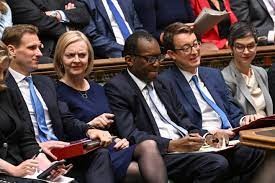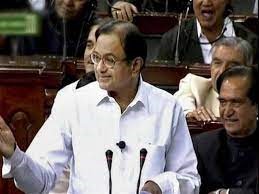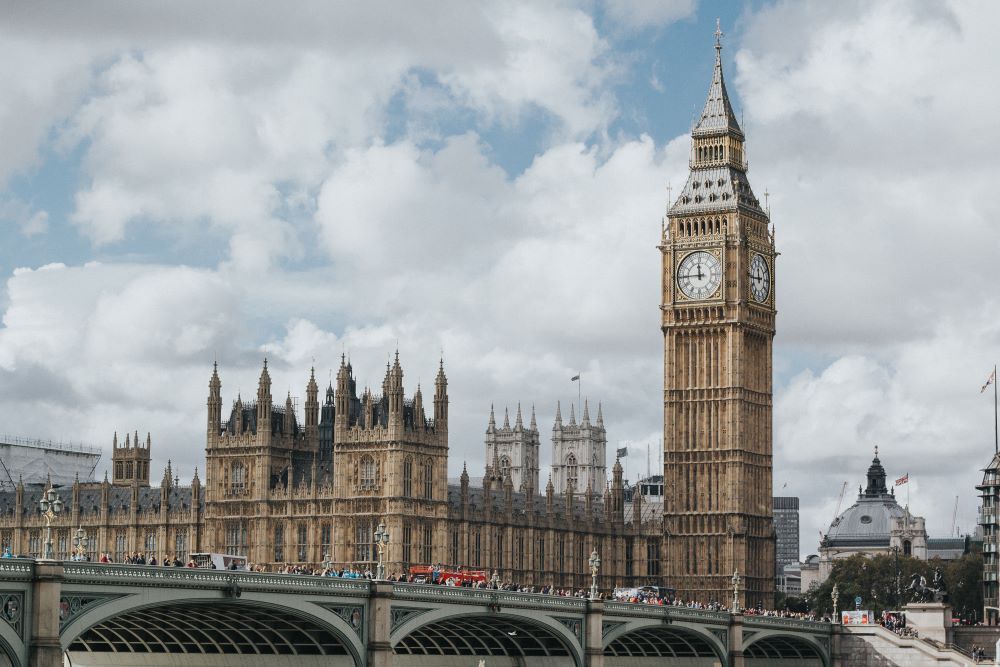Boris Johnson resigned as the Prime Minister of the United Kingdom in the first week of July 2022 after his government was battered by endless scandals and crises for a year. This led the conservative party to launch the process of electing its new leader. After a heated campaign between the final two candidates Liz Truss and Rishi Sunak, both, ministers in the Johnson government, the former came out the clear winner.
The economic fallout of the Ukraine crisis has left Europe and the UK in extremely difficult times – primarily soaring energy prices, rising inflation, and interest rates coupled with falling economic growth. The new Prime Minister had to come out with strong measures to counter the economic challenges that the country was facing.
For more details of the current Economic situation in the UK please refer to our post – It’s the ‘R’ word stupid! – ofmoneyandmoney.
On assuming the Prime Ministership Liz Truss presented her controversial mini-Budget on 23rd September 2022 which was in line with her proposals presented during her election campaign. However, what ensued was a chain reaction setting off a domino effect in UK’s financial and foreign exchange markets.

So what went wrong?? Were her proposals totally radical and untested??
Here we have attempted to briefly explain the proposals, the objective behind tax cuts, their subsequent implications, India’s experiment with tax cut measures and why the UK experiment failed unlike that of India’s.
First – The Mini-Budget
The mini-budget focussed on pushing for high economic growth for the UK economy through direct tax (income tax and corporate tax) reforms. The changes that were proposed were –
- The rich would have to pay Personal Income Tax of only 40% on yearly income above £150,000.
- The additional rate of 45% on the richest was completely abolished.
- From April 2023, the basic Personal Income Tax rate would reduce to 19% from 20% on yearly earnings above £12,570 – the first cut in 15 years.
- The earlier planned increase in corporate tax to 20% would remain at 19%.
- Cap the rising energy costs at £2,500 a year for the next two years for an average household.
- A cut in stamp duty on house/land purchases.
Tax Cuts: The Objective
A peek into popular economic theories will show that Tax cuts are the basis of the ‘Supply Side’ economics theory which states that economic growth is achieved by increasing the supply of goods and services (propagated by US President Ronald Reagan). It advocates tax cuts as a way to encourage savings and investment, business activity, and expansion all leading to overall economic Growth.
Supply-side economics may be seen as the opposite of Demand-Side economics propounded by the economist Keynes, which asserts that boosting demand for goods and services is the key driver of economic growth.
The Aim behind cutting taxes by Liz Truss was –
- Scrapping the increase in corporate tax was aimed at making the UK a more attractive destination for business.
- A lower personal income tax is also an attraction for the best to work in the UK.
- By lowering the income tax levels the government sought to make the UK more competitive.
The Implications
It was estimated that the tax cuts would have resulted in a £45billion hole in Government finances by 2026-2027 which would have to be funded by increased borrowings by the government leading the British economy to even higher inflation and into certain recession. (The government’s major source of income is via taxes and if taxes are cut, then they have to meet the expenses via borrowing internally as well as overseas)
This immediately spooked the public and the markets which led to a chain reaction. The financial markets reacted almost immediately and the British pound saw an enormous drop in its foreign exchange rate to its lowest levels since 1985 to 1.12 pounds against the US dollar, showing a fall of up to 17% against the US dollar since the beginning of this year.
The Bank of England had to immediately step in raise interest rates (to counter the high interest rates in the US) and also buy back UK bonds and pounds.
So..have such tax cuts not been tried elsewhere before??
As mentioned earlier, amongst many other countries around the world, it was tried out by President Reagan during the 1980s and towards the end of his second term in 1988 the American economy was robust –
- Tax revenues received by the US government increased to $909 billion in 1988 from $517 billion in 1980.
- Inflation- was reduced to 4%, and the unemployment rate fell below 6%.
- Although economists and politicians continue to argue over the effects of Reaganomics, it ushered in one of the longest and strongest periods of prosperity in American history.

Tax Cuts – The India Experience
India too had a high direct tax structure until 1997-98, which was also called the Dream Budget (presented by the then Finance Minister P Chidambaram in the Deve Gowda-led Coalition government).
With the aim of bringing many more people into the tax net, and accelerating savings and investment in the Indian Economy as well as economic growth, the dream budget presented a road map for continued economic reforms that included –
- Lowering income tax rates.
- Removal of the surcharge on corporate taxes.
- Reduced corporate tax rates.
The personal income tax collections have since increased manifold. Tax collections grew from Rs 18,700 crore in 1997 to over Rs 2 lakh crore in 2013. The increased tax revenue has helped governments push public expenditure in infrastructure and social welfare.
For more details on India’s Dream Budget click here – here.

So what went wrong with the Liz Truss Mini-Budget which led to her ouster?
To cut to the chase…it primarily boils down to the prevalent Macro-economic situation at that time.
In India’s case –
While the pre-liberalisation era prior to 1991 (when the liberalisation era began) was characterised by low economic growth, high inflation rates and high deficits, the initial spurt of reforms since 1991 was very successful. By 1997 the macro-economic parameters were reasonably stable providing the right timing for tax cuts.
- Higher economic growth rates.
- Strong Balance of Payments situation (lower trade and current account deficits). To know about Current a/c deficit, click
- Reduction in the Fiscal Deficit (Government Expenditure less Government Income)
- Inflation being by and large under control barring a couple of years in the middle.
The UK’s case – Liz Truss’ Mini Budget which was along similar lines was also aiming to bring long term benefit to the UK economy.
However, this was not the right time to bring about drastic fiscal changes given the unstable macroeconomic setting on account of the Pandemic and the disastrous effect of the Ukraine war especially in Europe causing –
- Record energy prices and inflation rate.
- Soaring interest rate.
- Falling economic growth rate
Further, the optics of the proposed tax cuts for the rich and the influential class was very bad and was given a huge thumbs down by the large section of middle and poorer sections of society who have been badly impacted by the current economic situation.
Following all the chaos that prevailed, and retracting of her proposed changes, Liz Truss had to resign from her post and as we all know Rishi Sunak has since taken over as the new Prime Minister.
What strong counter-measures will he propose and how successful he will be in facing the economic challenges of the UK is the million-dollar question that everyone including us would be sure to follow.


Sejal Goel
First of all… the title of this article is awesome. That is What inspired me to read this asap.
The Nice article! As always… Very simple to understand & follow. Not knowing the history of economics in our country or any other country.. still was able to follow & understand with intrest. Very gripping, crisp and relevant. Enjoy every bit. I always look forward to the next one… Already waiting for more!! Usha it’s brilliant to read this technical article written in such simple words.
admin
Thankyou so much. Readers & good feedback energises us.
Krishnan
Hey Usha ,
This is article simply awesome to say the least.
Enriching well researched and articulate.
These articles should be part of some of the economics and management school curriculum.
I’m going to share this with my 17 year old son Sid who wants to pursue Economics in his grads 😊.
Keep it coming 👏👏
Usha
thank you so much! really appreciate it👍
Amra SD
Very succinct, comprehensive and easy to understand . A difficult and complicated situation very well covered and explained. Here’s hoping the new PM has better sense and luck, in steering the country towards economic recovery.
Usha
Yes..lets hope so..very important for the country and the rest of the world..
Shilpa
Well analysed and compared . Throws light on details the readers would have other wise missed in complex analysis of global economic situations.. and their effect on politics.
Usha
thank you for your feedback 👍
shanker. K
Simply put. Easy to understand.
Thanking you.
Regards